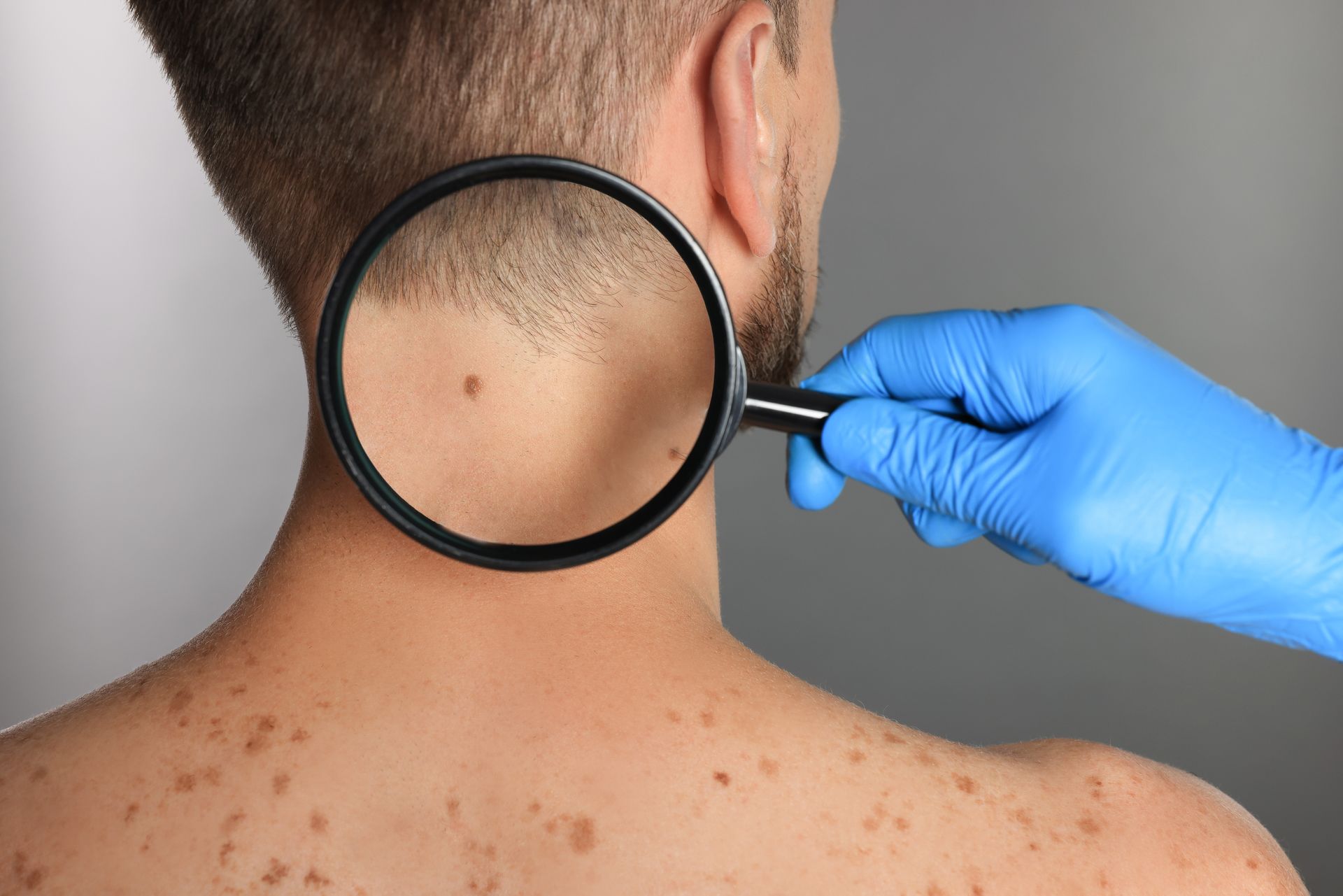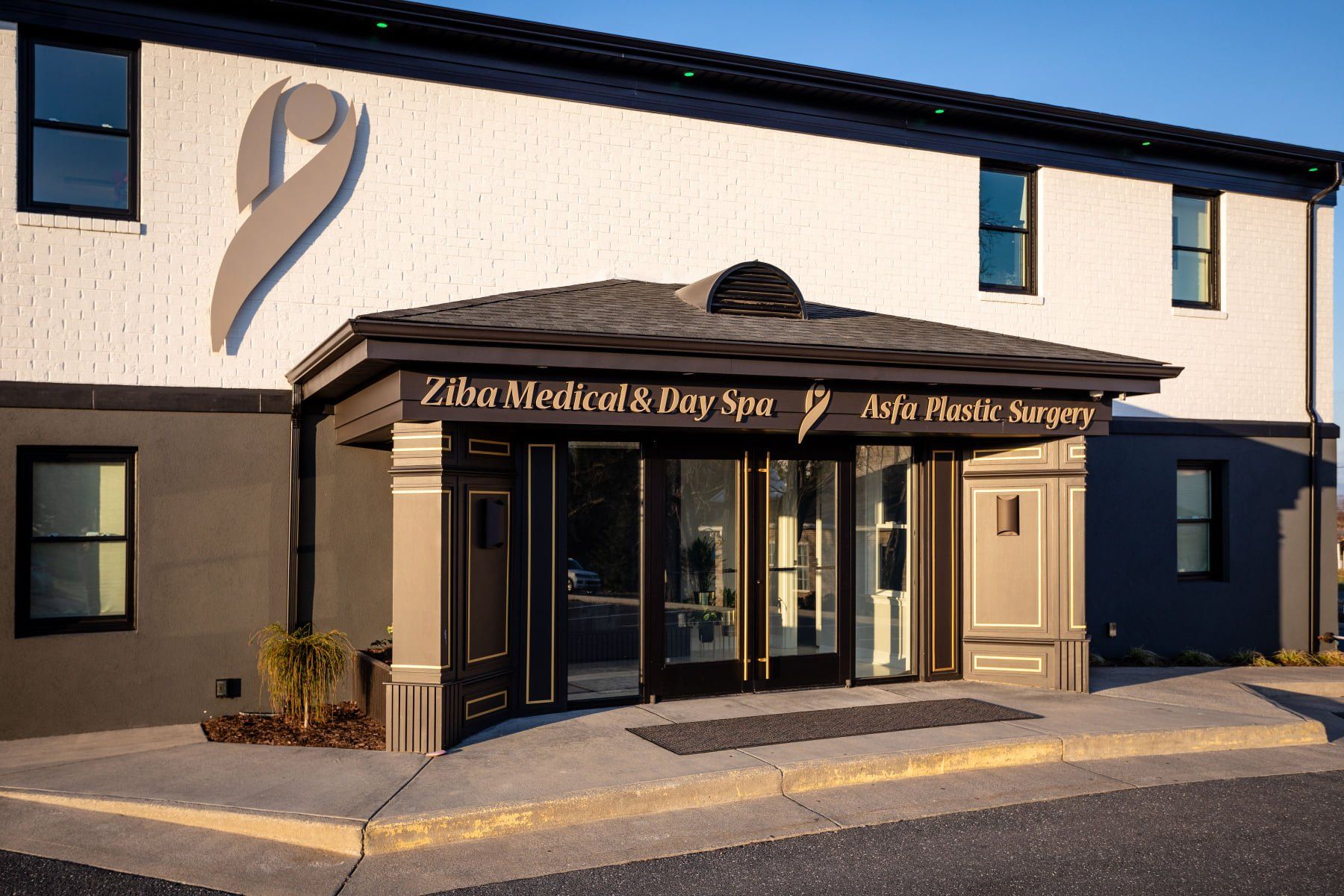Skin Cancer Removal & Reconstruction

Skin cancer is one of the most common cancers in the world, but with early diagnosis, it can be very treatable. As a board certified plastic and reconstructive surgeon, Dr. Asfa is uniquely qualified to diagnose, biopsy and surgically remove cancerous growths and lesions using specialized techniques to preserve your health and appearance. Dr. Asfa recommends regular self-exams to check for unusual spots, blemishes, moles or freckles. In addition, he recommends scheduling an annual skin exam with him so he can do a thorough evaluation, identify concerns, and perform a biopsy or surgery if necessary.
Often, Dr. Asfa is able to perform skin cancer biopsies in his office, but sometimes a surgical biopsy must be performed at the hospital. These are the likely steps involved in skin cancer removal:
- Anesthesia: For an in-office biopsy, you will be given numbing medication to ensure your comfort during the procedure. For a surgical biopsy, Dr. Asfa will recommend local anesthesia, IV-sedation or general anesthesia during the procedure.
- Removal: for a small or contained lesion, Dr. Asfa will remove it from the skin during a simple in-office surgery. Sometimes a simple bandage will be used after the biopsy, but at times, a few stitches may be necessary. Closure is usually done in conjunction with the excision.
- For a larger or deeper lesion, Dr. Asfa will surgically remove it at the hospital where he can discover and define the borders of the cancerous area. During this surgery, he may send small tissue samples to the pathology lab where the samples are immediately examined for cancer cells. This enables Dr. Asfa to ensure that he has removed all of the cancer.
- Reconstruction: If the skin cancer lesion is particularly large, or is being removed with frozen sections, and/ or is likely to cause disfigurement, Dr. Asfa will perform reconstructive surgery with a local flap by repositioning your own healthy, adjacent tissue over the wound. The suture line will be positioned to follow the natural creases and curves of the face or body if possible, to minimize the obviousness of the resulting scar. Several variations of local flap procedures may be used to reconstruct a specific area of the face or body, and Dr. Asfa will describe these techniques and resulting scar patterns that will be tailored to your specific anatomy.
- More complex skin cancer wounds may require more than one procedure (or "stage") to achieve a satisfactory result. Dr. Asfa may choose to treat your wound with a skin graft instead of a local flap. A skin graft is a thin bit of skin removed from one area of the body and relocated to the wound site.
A skin cancer diagnosis can be difficult to accept, and it is important to understand that no surgery is without scars. Dr. Asfa has decades of experience and skills that enable him to compassionately guide you through treatment and explain the resulting effect on your health and appearance.
You can view some examples of Dr. Asfa’s patient “Before & After” photos in the photo gallery below. All photos have been used with patients’ permission. Dr. Asfa can share additional examples upon request during your consultation.
Please visit our
Photo Gallery to view examples of some of Dr. Asfa’s work.


